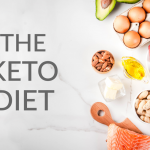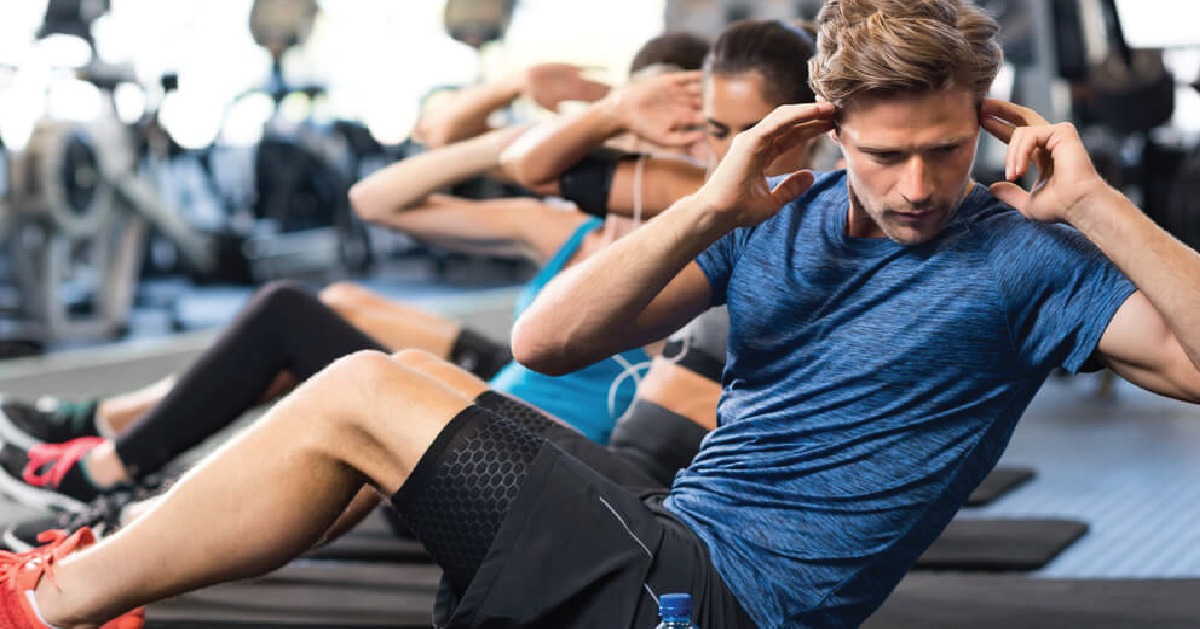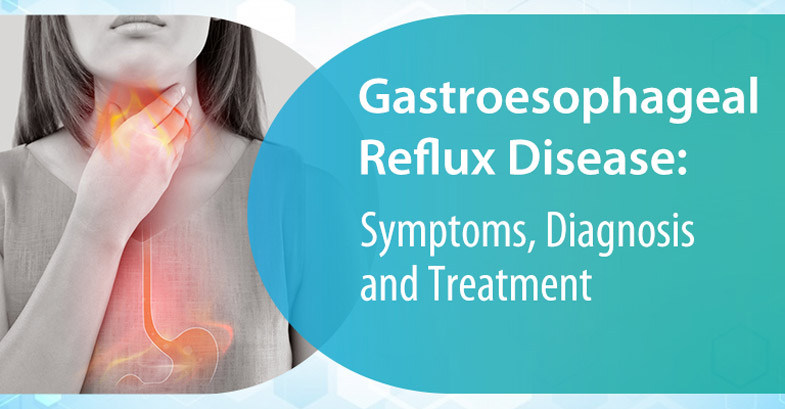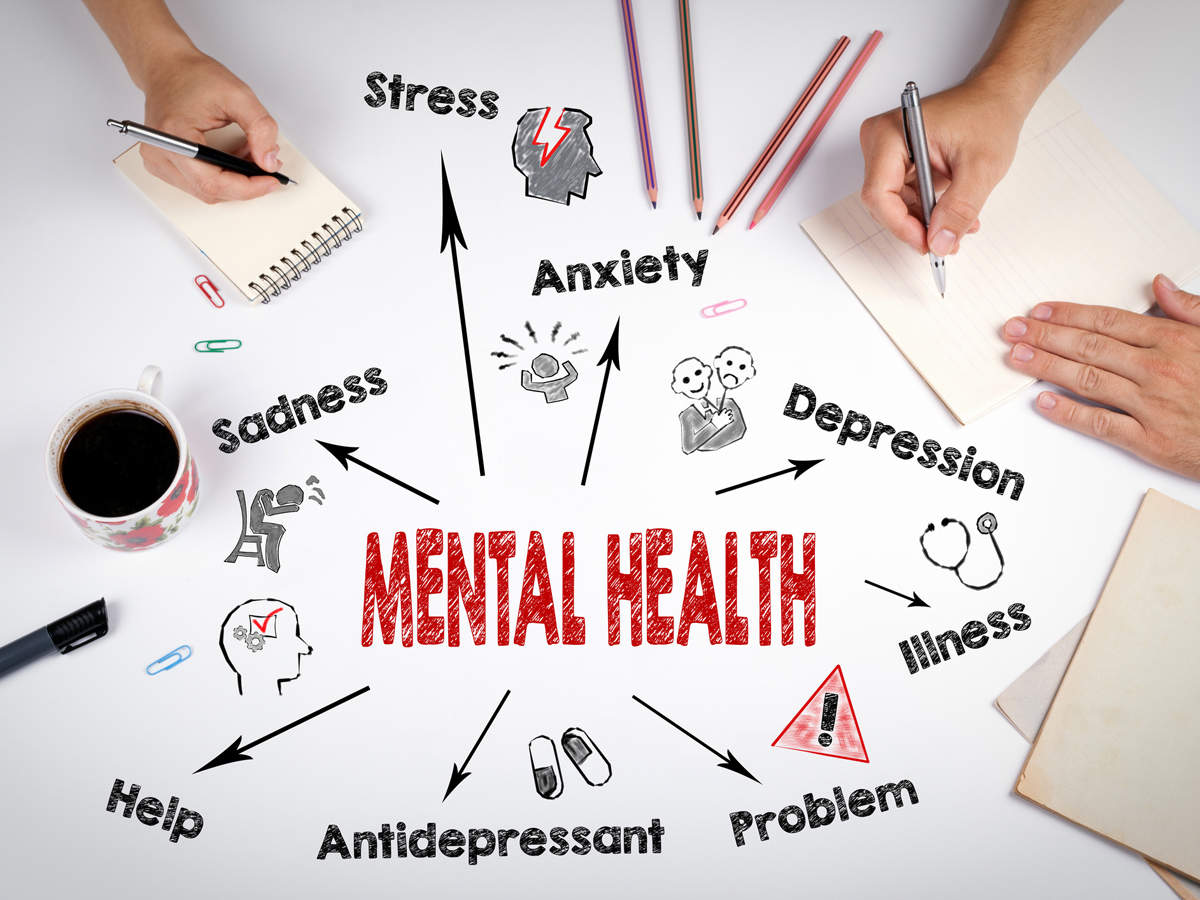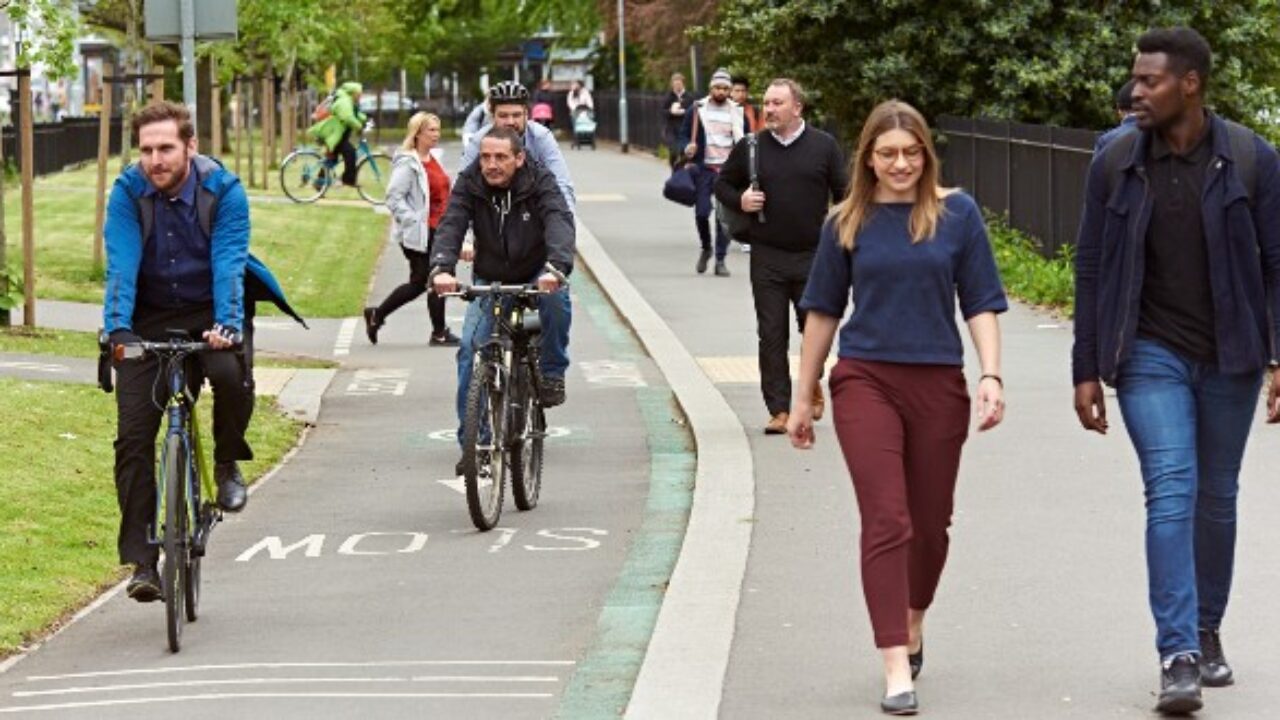Getting active can do wonders for your physical and mental health, but if you’re not careful, it can also have some negative consequences. In general, physical activities fall into two categories: passive and active. Passive activities are those you do sitting down, like watching TV or reading a book, while active activities are those that require more movement, like playing basketball or taking a walk. The former has its own benefits, but studies show that the latter can yield even better results because it helps to build muscles and keeps your metabolism up to speed.
Physical activity improves brain power
You may have heard that exercise is good for your body, but many people don’t realize that it also has a positive impact on your brain. In fact, regular physical activity can improve memory, cognition and brain health. To keep your mind sharp as you age and reduce your risk of developing mental health conditions like dementia and Alzheimer’s disease, consider incorporating aerobic exercise into your daily routine. A brisk 30-minute walk around town is a great way to start! If you want to boost your overall health, it’s important to incorporate both aerobic and strength training exercises into your workout plan. Strength training in particular helps build muscle mass, which improves balance and coordination. These exercises are also known to increase bone density and decrease joint pain caused by osteoarthritis. If possible, try performing resistance training at least twice per week—it only takes a few minutes each time!
Weight loss is easier with exercise
There’s no question that regular exercise plays a role in weight loss. Research has found that people who make physical activity part of their daily lives are more likely to be leaner than those who don’t, even if they do not consciously count calories or track nutrition. It stands to reason that increasing your level of activity helps boost metabolism and burn more calories throughout each day. And since muscle tissue burns more calories than fat tissue, it can also help you maintain a healthy body composition—which is associated with lower risk for heart disease, diabetes and other chronic conditions. But how much exercise is enough? In general, aim for at least 150 minutes per week of moderate-intensity aerobic activity (such as brisk walking), plus two days per week of strength training exercises focusing on major muscle groups (legs, hips, back, abdomen, chest and shoulders).
Exercise makes you happier
A few years ago, a group of researchers from University College London decided to study how exercise affects our mood. They found that people who exercised regularly experienced decreased levels of anxiety and depression. Exercise has also been proven to help individuals sleep better and improve cognitive function. If you’re looking for an energy boost, exercise might be your best option! Start by trying out different types of physical activities until you find one or two that really appeal to you. You’ll soon notice increased energy levels, happiness, and even weight loss! To get started, here are some healthy physical activities: running (particularly outside), swimming (especially in cool water), yoga/stretching/meditation, strength training with weights or at home using bodyweight exercises (such as push-ups), dancing, cycling (outside or stationary bike), hiking/walking outside in nature—you can even make your daily walk more interesting by listening to audiobooks or podcasts along the way.
Exercise can help you sleep better
Getting enough sleep is important for your health. However, sleep issues are so common that experts have developed a name for it: insomnia. In fact, many doctors will prescribe exercise as a natural way to help you sleep better and have more energy throughout your day. Regular exercise can not only help you wind down and relax after a long day at work, but can also make you less stressed, which can lead to better sleeping habits overall. If you’re having trouble sleeping at night, consider starting an exercise routine during your lunch break. A quick walk around the block or 20 minutes on a treadmill could be all it takes to get some restful Zzzs!
Lightening up your workouts has long-term benefits
Strong physical activity and high-quality exercise not only help you lose weight but also increase your physical health by strengthening your heart and muscles. The benefits are immense for children as well, so consider making regular exercise a part of their school curriculum. While many individuals still associate physical activities with sporting events, engaging in sports is actually just one of many healthy physical activities that are available to us all. By undertaking one or more active forms of exercise, we can improve our lifestyles and take care of our bodies inside and out! Include pictures of people performing various types of exercises. Make sure that there are different ages and genders represented, since those will be important considerations when looking at physical activities in general.
Create an infographic to demonstrate proper technique for popular types of exercises: Swimming laps; running; biking; etc. Be sure to include photos of women exercising alongside men (and vice versa) if possible! Avoid including any images of people doing yoga poses, as they have religious connotations that may alienate some readers—or replace them with a neutral image like someone playing badminton or practicing martial arts techniques.
Strength training can help you avoid injury
It may be tempting to take up yoga or other forms of exercise that aren’t very taxing on your body, but strength training is a great way to build up your muscles, improve their tone and keep yourself from getting injured. Muscle tissue helps stabilize and support our joints, so by improving its strength, you can make it less likely for you to get hurt playing sports or doing yard work. A lot of people have injuries that could have been avoided if they had been doing more muscle strengthening exercises. It’s never too late—or too early—to start strength training. You can benefit at any age! And even if you already suffer from an injury, there are plenty of ways to strengthen around it while still doing regular physical activities. Start with some basic crunches or push-ups every day and gradually add more resistance as you become stronger. In no time at all, you’ll feel better than ever!
Sweating can help you look younger
A healthy physical activity is just as important for your body as it is for your mind. Exercise can be as simple as taking a walk around your neighborhood every day. Sweating releases an enzyme called hyaluronidase, which can help plump up skin and make you look less wrinkled. You might want to consider investing in some good walking shoes; new research from Northwestern University shows that women who take daily walks are 18 percent less likely to develop crow’s feet. It takes about 20 minutes of walking at a brisk pace to get enough sweat going to release hyaluronidase into your skin. So go ahead—walk off those wrinkles!




